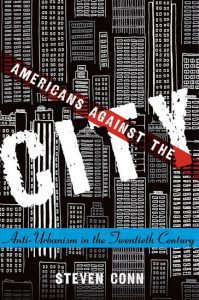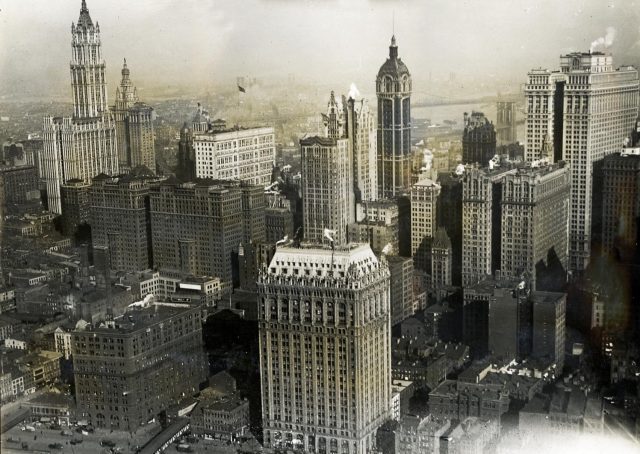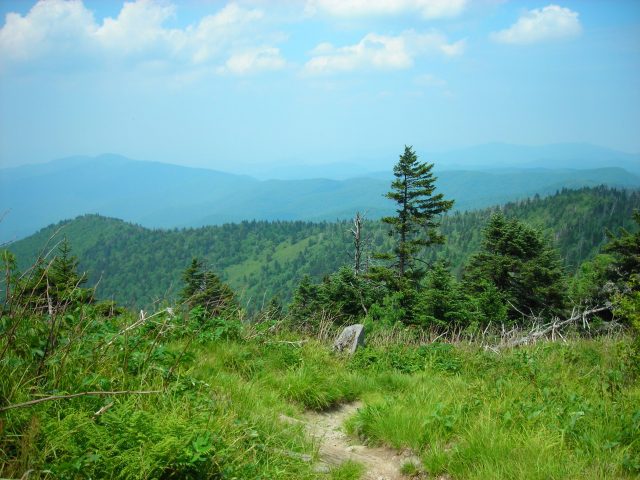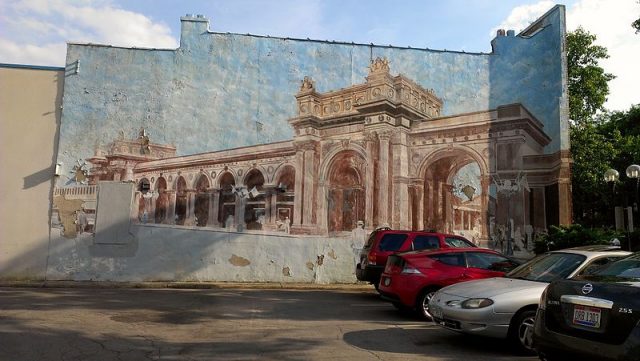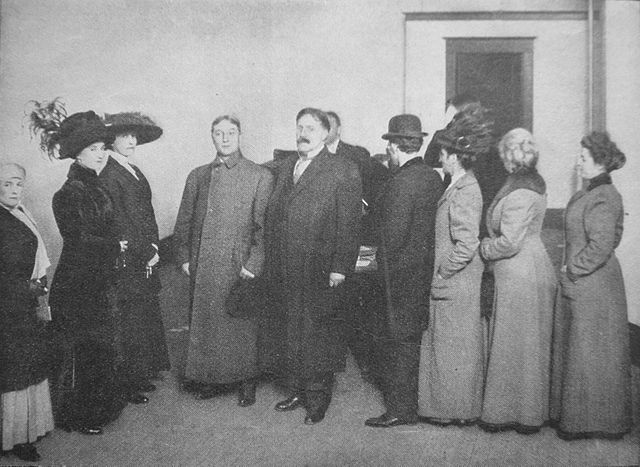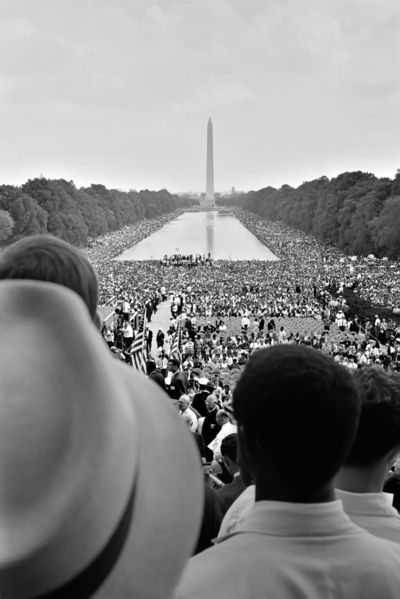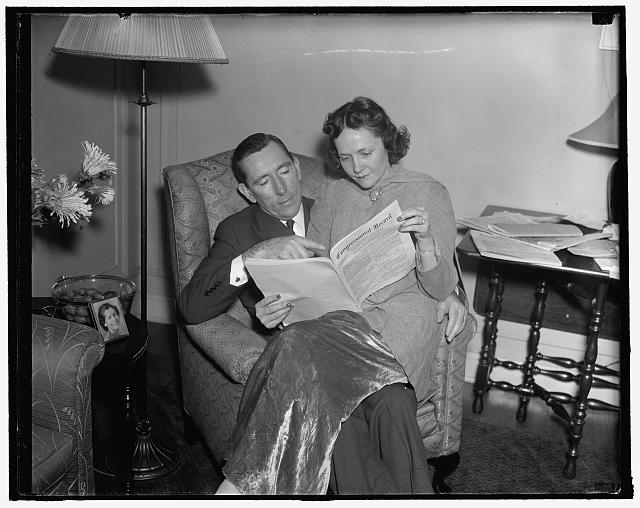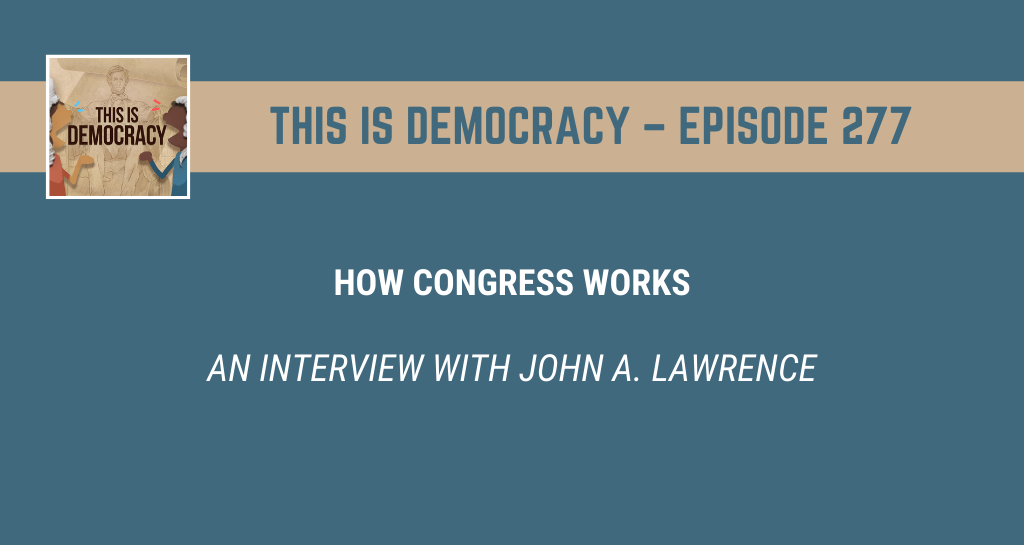
This week, Jeremy and Zachary sit down with John A. Lawrence to delve into the intricacies of the U.S. Congress. They discuss its historical significance, common misconceptions about its operations, and the inherent challenges in passing legislation.
Zachary sets the scene with his poem, “The Speaker”.
John A. Lawrence served for thirty-eight years as a senior staff person in the United States House of Representatives, including as chief of staff for Speaker Nancy Pelosi. He is currently a visiting professor at the University of California’s Washington Center. He is the author of: The Class of ’74: Congress after Watergate and the Roots of Partisanship; Arc of Power: Inside Nancy Pelosi’s Speakership, 2005-2010; and Sherlock Holmes: The Affair at Mayerling Lodge.
